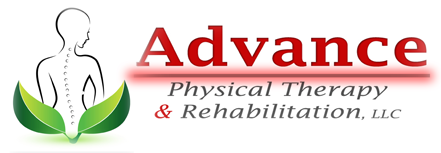
Tendinitis
What is tendinitis?
Tendons connect your muscles to your bones, and tendinitis is a condition that occurs when this connective tissue becomes inflamed. Technically, this condition can occur in any tendon, but it most commonly occurs in the wrists, knees, shoulders, elbows, and heels. Tendinitis is typified by swelling, tenderness, stiffness, loss of motion, and a dull aching pain in the affected tendon and muscle, that intensifies when you move the affected joint or limb. This condition is colloquially known as swimmer’s shoulder, pitcher’s shoulder, golfer’s elbow, tennis elbow, or jumper’s knee.
What causes tendinitis?
Tendinitis is most commonly caused by the infliction of repetitive stress and overuse of a certain group of tendons. If you use improper technique while lifting heavy objects or playing sports, your chances of developing tendinitis are much higher. Tendonitis can develop from poor posture, poor conditioning before exercises, sudden injury, overdoing an activity when the tendons are not used to the movement or activity. Stress from other conditions like gout, rheumatoid arthritis, osteoarthritis, psoriatic arthritis, thyroid disorders and infections can bring on tendinitis. As you get older, you lose flexibility in your tendons, which makes you more at risk for this condition. While acute tendinitis generally heals within a few weeks, if not properly treated, it may develop into a chronic condition.
How is tendinitis diagnosed?
In most cases, tendinitis can be diagnosed in the course of a normal physical exam. If your doctor is unsure whether or not other conditions may be causing your tendon pain, they may order X-rays or MRI scans to rule out the possibility of the presence of other conditions.
How is tendinitis treated?
Over-the-counter pain relievers may be useful in reducing the inflammation and pain related to tendinitis. Any treatment or dietary change that reduces inflammation will help your tendinitis heal, and you may also want to try applying topical anti-inflammatories that directly treat the affected area. While surgery or ultrasonic treatment are used in some cases, physical therapy is a common and effective treatment for tendinitis. At Advance Physical Therapy & Rehabilitation our experienced therapists use treatments which include ultrasound, electric stimulation, cryo therapy, manual therapy, massage, stretching, strengthening exercises, home exercise programs to restore our patients back to pain free living.


